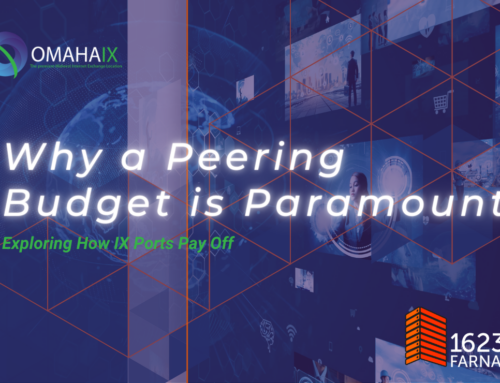If you’ve read our recent blogs — particularly this one about how to choose where to peer — then you probably have a good background on what interconnection is and how you can select the best location.
Still, we think that two of the most important peering factors (community diversity and location) deserve a bit more of a deeper dive.
How We Think About Connectivity: An Overview
The goal of connectivity has always been the same — connect people, places and things. It’s a straightforward concept. However, the way that connectivity is procured, deployed and consumed has changed as digital business has evolved. Now, the platforms we employ across numerous clouds, the business locations we interact with across geographic footprints and the online applications users rely on every day have all made this connectivity challenge more complex.
Reaching all of modern digital business’s diverse endpoints is at the core of the new connectivity directive — and this is best achieved with peering that is diverse with wide-ranging ecosystems that give peers more chances to connect with other networks for greater reach.
Your Ideal Ecosystem — Solved
‘The more the merrier’ and ‘the bigger the better’ are both old standbys that withstand the test of time when it comes to peering. When shopping around for interconnection services, you’ll often see IXs reporting their size, number of peers or peak traffic flows — this is because it showcases just how much connectivity potential is in that location.
Just think: With every peer that enters an exchange comes a new potential market that everyone else at that exchange can now access. Every new network adds density to the entire ecosystem’s shared footprint. Even beyond network peering, each new business that links up to the internet exchange (including service providers and hyperscale cloud providers) becomes a business connection that can help each organization more directly reach the services or clouds they need. All of this means that the data you’re sending through the IX is getting where it needs to go even faster and more efficiently, which is the ultimate goal.
So, when selecting an IX, pay close attention to the growth of the location, to the number of active peers — and the diversity of those peers.
The Secret Sauce of Peering
Omaha IX was built on this philosophy of delivering a robust, diverse ecosystem in order to provide its peers with the best connectivity — today and into the future.
Did we mention that we have a vast ecosystem of networks and partnerships with major cloud providers like Google, Megaport, Telia Carrier and Microsoft? With access to 50+ network companies with local, regional, national and international reach, our diverse ecosystem is where it’s at.
Want to learn even more about internet exchanges and the benefits of peering? Check out this blog.



